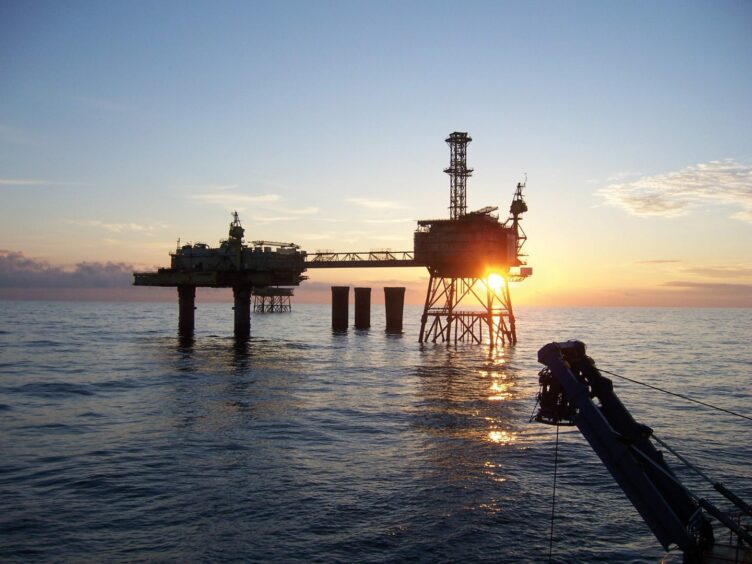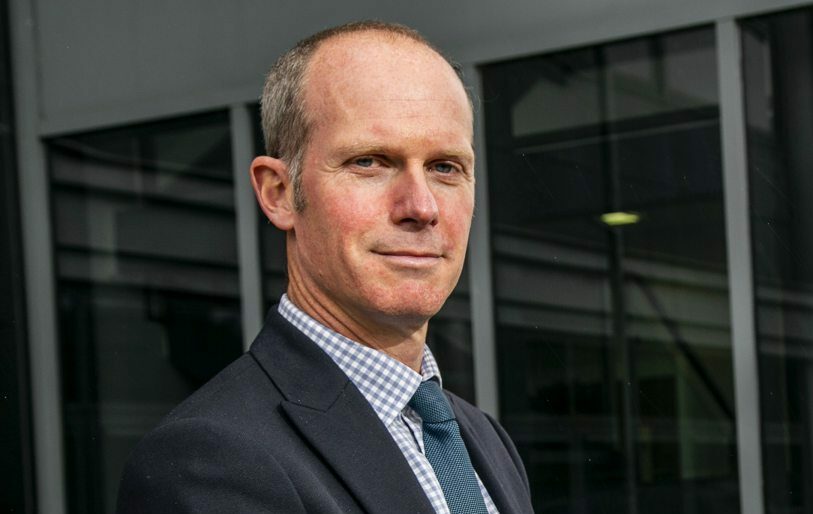
2022. A challenging year across the energy industry, yes. Some would also call it a year of change, but I’m not so sure about that.
When it comes to the Transition, we’re no longer at the beginning – we’re now a substantial way along the road and the energy industry is changing structure apace.
The initial change took place nearly three years ago; Covid-19 was undoubtedly a tipping point for the energy transition. I’d argue that the magnitude of change this year is commensurate with that of 2020 and the system is now mobilised and making progress. Whilst there is a risk of resource competition between oil and gas and renewables sectors, it would also seem that work is becoming more and more integrated. Most companies are addressing both and whilst availability of personnel is an industry-wide issue, this integration has commenced more quickly than I originally envisaged.
So, what does that mean from a decommissioning perspective? What I’m seeing is that the learnings we’ve spoken about for so long are now becoming truly valuable as the baseline of activity increases and companies have to juggle more resource demands. Just one example of this is the increase in winter working in the Central and Southern North Seas. It’s far more acceptable than ever before, partly as a result of operational improvements, but also through adoption of different commercial models. There’s an emerging willingness from operator and supply chain to meet in the middle with flexibility, pragmatism and an acceptance of an element of weather risk. That in itself is a sign of a wider shift in attitude that should be welcomed.
It’s clear that things continue to change, there’s a repurposing going on, if you will. And alongside that is the DNS vision to also repurpose. Established in 2009 to provide a vision for, and facilitate the growth of the decom sector, we’re now 14 years down the line. And whilst the fundamental objective remains unchanged, the landscape is very different and we have to be on point when it comes to supporting the sector’s development. There’s a bit of an art to that; a mixture of knowledge, experience and relying on our own industry instinct.
Pre-Covid-19, I spent a lot of my working life telling people that the future lay in integrated energy, decarbonised energy systems and decommissioning – and I wasn’t taken terribly seriously! Today? Electrifying offshore production is now a given, decom activity has increased and decarbonisation is now the industry mantra. So if those “predictions” came to pass, do we know what’s next for decom? When we emerge from the energy crisis in a few years’ time, the industry landscape will have fundamentally changed, and in that context we all have to work out how businesses will operate (and survive) in five, 10, 15 years’ time. It’s critical that the decom supply chain receives guidance in that respect today and moving forward.
We need to steer the supply chain through that next major shift – to operations and decommissioning in the post-hydrocarbon economy. And to facilitate that industry redirection, we’re redirecting DNS in 2023. Where we all go to next is going to be radically different from where we’ve been, but it’ll be the reality sooner rather than later.
And that’s where we come in.
Watch this space.
Recommended for you

 © Supplied by Decom North Sea
© Supplied by Decom North Sea